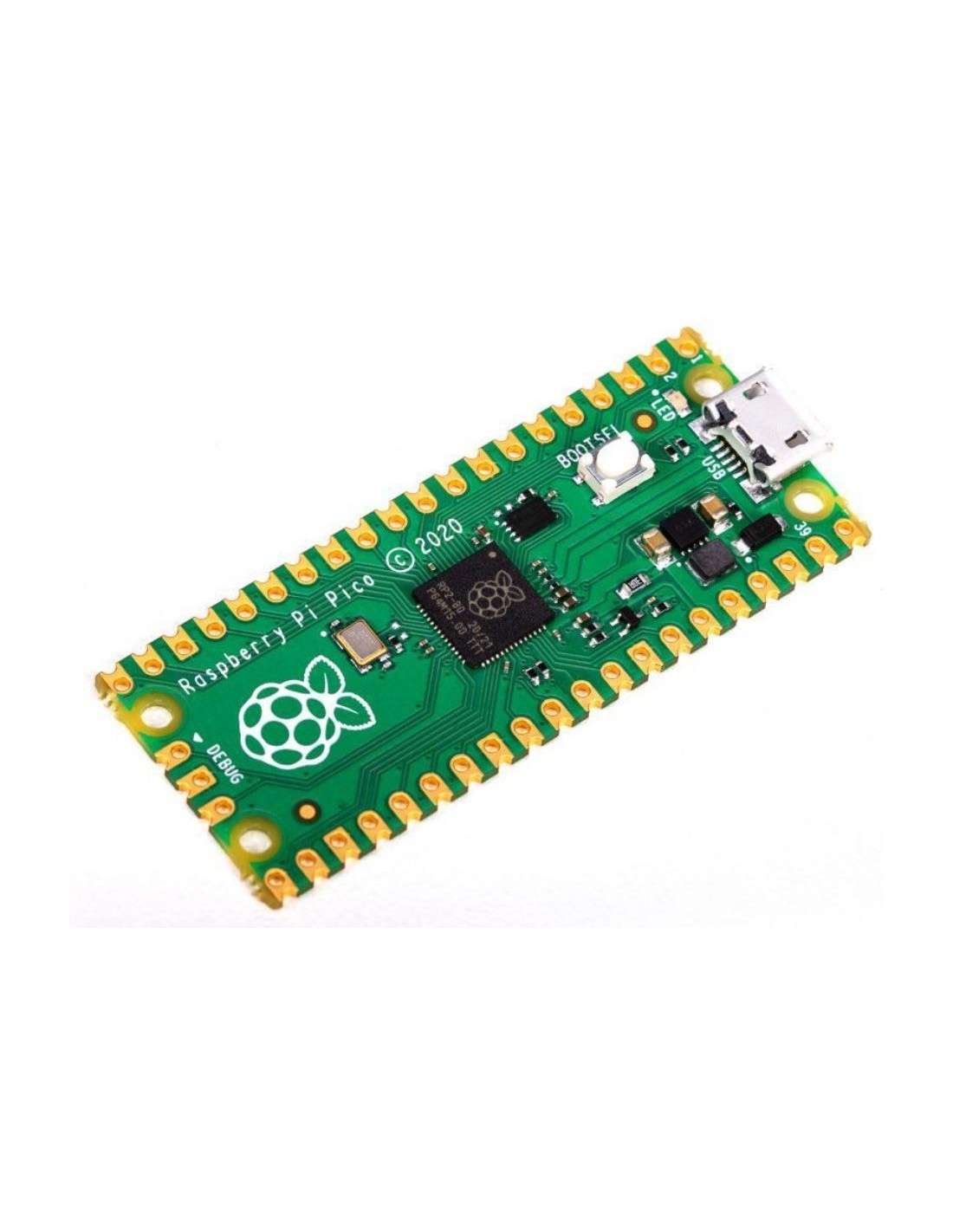Why is Remote IoT VPC becoming a cornerstone for secure and scalable IoT deployments? A bold statement supporting this question lies in the fact that Remote IoT VPC not only offers seamless connectivity but also ensures robust security protocols, making it an essential tool for modern businesses.
Remote IoT VPC has emerged as a pivotal solution for enterprises aiming to deploy and manage Internet of Things (IoT) devices securely. As the IoT landscape continues to expand, the need for reliable and scalable solutions becomes increasingly critical. This technology provides a cloud-based virtual private cloud (VPC) specifically tailored for Raspberry Pi devices, enabling users to achieve secure and efficient remote access without significant costs. By integrating SSH capabilities, Remote IoT VPC enhances its functionality, allowing users to establish direct connections between their devices while maintaining high levels of security.
| Attribute | Details |
|---|---|
| Name of Solution | Remote IoT VPC |
| Primary Use Case | Secure and scalable IoT deployment |
| Compatible Devices | Raspberry Pi |
| Key Features | VPC networking, SSH support, P2P connectivity |
| Cost | Free trial available; pricing varies based on usage |
| Website | Visit Official Website |
A standout feature of Remote IoT VPC SSH Raspberry Pi Free is its ability to provide a robust remote access solution without incurring substantial expenses. This combination of technologies empowers users with secure, efficient remote access to their devices. The integration of SSH enhances the security of data transmission, ensuring that sensitive information remains protected during transit. Moreover, the P2P VPC network facilitates direct connections between devices, reducing latency and improving overall performance.
For tech enthusiasts diving into the world of IoT and cloud networking, understanding the role of VPC in IoT setups is crucial. A VPC allows users to create isolated environments within the cloud, enhancing both security and scalability. When combined with Raspberry Pi, this setup enables developers to build sophisticated IoT applications that can be managed remotely with ease. The ability to download necessary tools and software for free further reduces barriers to entry, making it accessible to a broader audience.
Setting up a secure IoT VPC involves several steps, including configuring network settings, establishing SSH connections, and ensuring proper authentication mechanisms are in place. Users must also consider factors such as firewall rules and encryption protocols to safeguard their networks from potential threats. By following best practices and leveraging available resources, individuals and businesses can successfully deploy Remote IoT VPC solutions tailored to their specific needs.
Remote IoT P2P VPC Network offers additional advantages by enabling direct peer-to-peer connections between devices. This approach minimizes reliance on intermediary servers, thereby reducing latency and improving efficiency. For those looking to enhance their IoT management capabilities, exploring the benefits of P2P VPC networks can prove invaluable. With features like secure tunnels and encrypted communications, these networks provide a reliable foundation for building robust IoT ecosystems.
In conclusion, mastering Remote IoT VPC with Raspberry Pi requires a comprehensive understanding of its components and functionalities. From setting up secure connections to optimizing performance, each step plays a vital role in creating a successful deployment. As more organizations adopt IoT technologies, the demand for solutions like Remote IoT VPC will continue to grow, driving innovation and advancement in the field.
Understanding the nuances of IoT VPC and its implications for Raspberry Pi setups is essential for anyone venturing into this domain. By leveraging free tools and resources, users can experiment with different configurations and refine their approaches until they achieve optimal results. Whether you're a seasoned developer or a newcomer to the world of IoT, embracing these technologies opens up endless possibilities for creativity and exploration.



